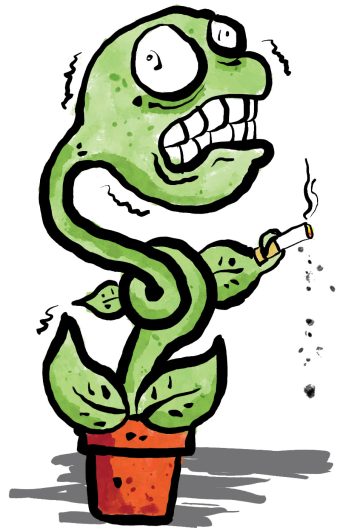
Published on Show Me Mizzou Dec. 16, 2022
Story by Kelsey Allen, BA, BJ ’10
In 2009, Ron Mittler discovered that reactive oxygen species (ROS), molecules once thought of as only having a toxic effect on life, play a crucial role in signaling stress responses in plants. But it wasn’t until the plant scientist came to Mizzou in 2018 that he was able to show how plants use ROS to send signals.
Featured in the October 2022 issue of Nature Reviews Molecular Cell Biology, Mittler’s research shows time-lapse imaging of ROS accumulation in plants subjected to stress, such as wounding, and the spread of the molecules from the stressed cells to the entire plant within minutes, a process Mittler calls the “ROS wave.”
“Everybody thinks that if the plant is stressed, it will stop making ROS and it will start making mechanisms that will prevent ROS from accumulating,” says Mittler, a Curators Distinguished Professor in the College of Agriculture, Food and Natural Resources. “But what we’re finding is that it actually makes more ROS and sends it all the way up the plant in a very active process.”
To read more articles like this, become a Mizzou Alumni Association member and receive MIZZOU magazine in your mailbox. Click here to join.



